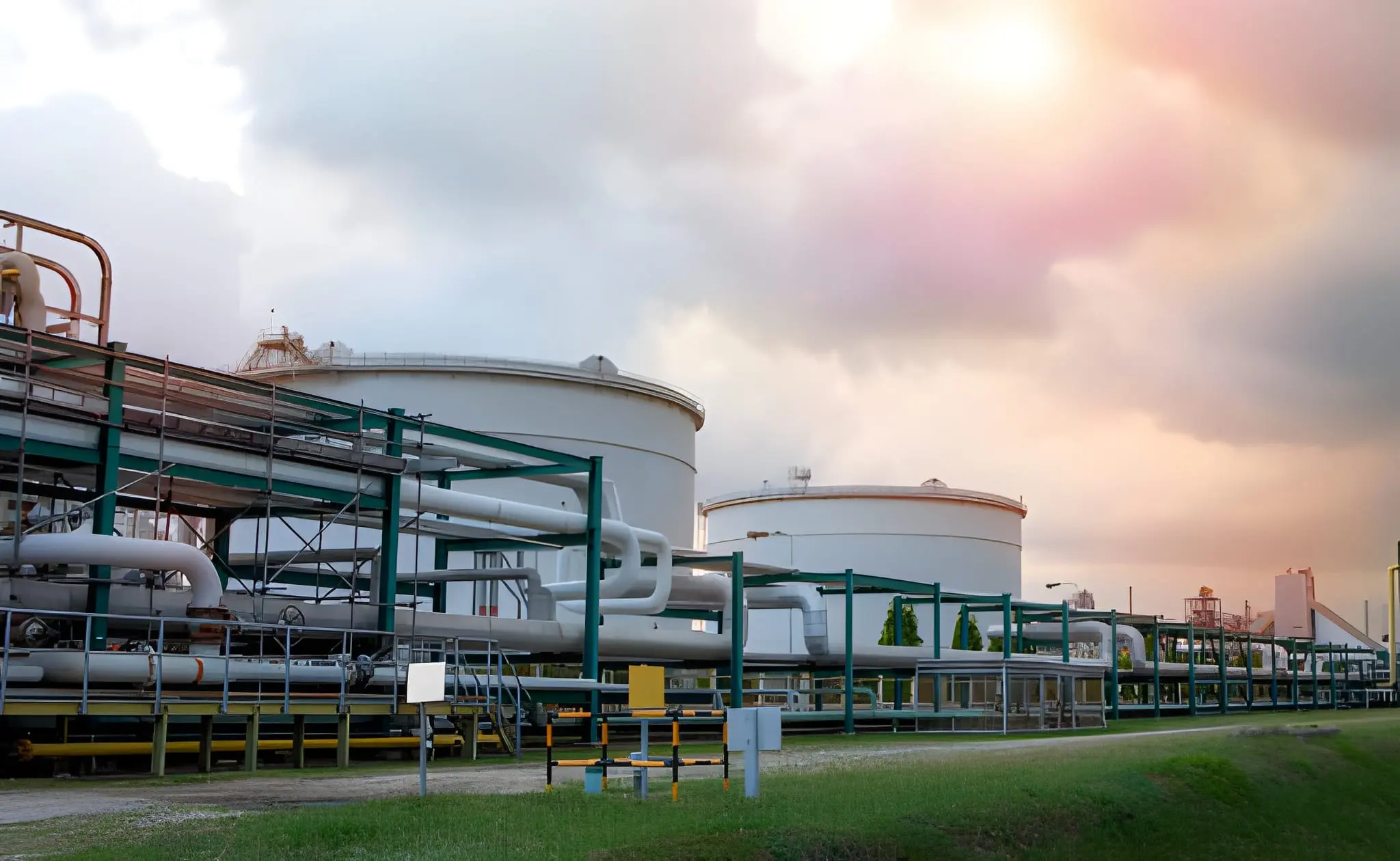Oil and Gas Facilities 101: Essential Components You Need to Know
The oil and gas industry powers much of the modern world, supplying energy for homes, businesses, transportation, and manufacturing. But behind the fuel at the pump or the electricity in your home lies a vast network of facilities designed to extract, process, transport, and refine hydrocarbons. These facilities are the backbone of the industry, each with a specific role that keeps energy flowing reliably and safely.
If you’re curious about how the industry operates—or perhaps new to working in the field—understanding the essentials of oil and gas facilities is a great starting point. Let’s break down the key components you need to know.
1. Exploration and Production Facilities
The journey begins at upstream facilities, where oil and natural gas are discovered and extracted from beneath the earth’s surface.
- Drilling Rigs and Platforms: These structures are used to access underground reserves. Onshore rigs work on land, while offshore platforms can operate in deep waters, some resembling floating cities.
- Wellheads: Located at the surface, wellheads control the flow of oil and gas from drilled wells, ensuring safe operations.
- Production Facilities: Once hydrocarbons are extracted, they must be separated into oil, gas, and water. These facilities use separators, heaters, and compressors to prepare raw products for transportation.
Without exploration and production facilities, the rest of the energy supply chain simply wouldn’t exist.
2. Midstream Facilities
After extraction, the next step is moving crude oil and natural gas to processing plants and refineries. This stage is known as midstream operations, and its facilities are crucial for safe, efficient transport.
- Pipelines: Spanning thousands of miles, pipelines serve as the lifelines of the oil and gas industry, moving crude oil, natural gas, and refined products across vast regions. Along the way, critical components like industrial pipe valves—widely available in Utah and beyond—help regulate flow, maintain safety, and ensure reliable transport throughout these networks.
- Storage Terminals: Before products move to the next stage, they are stored in large tanks to manage supply and demand fluctuations.
- Compressor and Pumping Stations: These facilities keep oil and gas moving through pipelines over long distances by maintaining pressure.
- Marine and Rail Terminals: In addition to pipelines, crude and natural gas are shipped via tankers, barges, and specialized railcars.
Midstream facilities play a silent but vital role, ensuring energy resources reach their destinations efficiently and reliably.
3. Refining Facilities
Crude oil in its raw form is not directly useful for consumers. That’s where refineries step in. These facilities transform crude into a wide range of valuable products.
- Distillation Units: The heart of a refinery, these towers separate crude oil into different fractions based on boiling points, such as gasoline, diesel, and jet fuel.
- Conversion Units: Processes like cracking and reforming convert heavier hydrocarbons into lighter, more valuable products
- Treatment and Blending Units: These facilities remove impurities such as sulfur and combine different components to meet fuel quality standards.
Refineries essentially act as massive, high-tech kitchens—turning raw ingredients (crude oil) into finished goods (fuel, lubricants, petrochemicals) we use every day.
4. Gas Processing Facilities
Natural gas requires its own dedicated set of facilities, as raw gas extracted from wells often contains impurities and unwanted components.
- Gas Plants: These facilities remove water, sulfur, and carbon dioxide to make natural gas market-ready.
- NGL Recovery Units: Many plants separate natural gas liquids (NGLs) like ethane, propane, and butane, which are valuable as fuels and feedstocks for the petrochemical industry.
- Liquefied Natural Gas (LNG) Terminals: Natural gas is cooled to extremely low temperatures for easier transport across oceans, where it’s later regasified for distribution.
Gas processing ensures that natural gas burns cleanly and safely for industrial, commercial, and residential use.
5. Support and Safety Systems
Behind every operational facility lies a complex web of support systems that ensure safety, efficiency, and reliability.
- Control Rooms: Equipped with advanced monitoring technology, control rooms oversee facility operations in real time.
- Power Generation Units: Many facilities generate their own electricity to ensure uninterrupted operations.
- Emergency Response Systems: Fire suppression, spill containment, and safety drills are critical to managing risks in such a high-stakes industry.
- Maintenance Infrastructure: Workshops, warehouses, and inspection systems keep equipment in top condition.
These systems might not always be visible, but they are essential for preventing accidents and minimizing downtime.
Why Understanding These Facilities Matters
Whether you’re a student, a professional entering the industry, or simply curious about how the global energy system works, knowing the essentials of oil and gas facilities provides valuable insight. Each component—upstream, midstream, downstream, and support—works together to ensure that energy flows smoothly from the earth to your everyday life.
The oil and gas sector is vast and complex, but at its core, it’s built on these fundamental facilities. By understanding them, you gain a clearer picture of how the industry powers the world and why its infrastructure is so critical to modern living.
Also Read-

